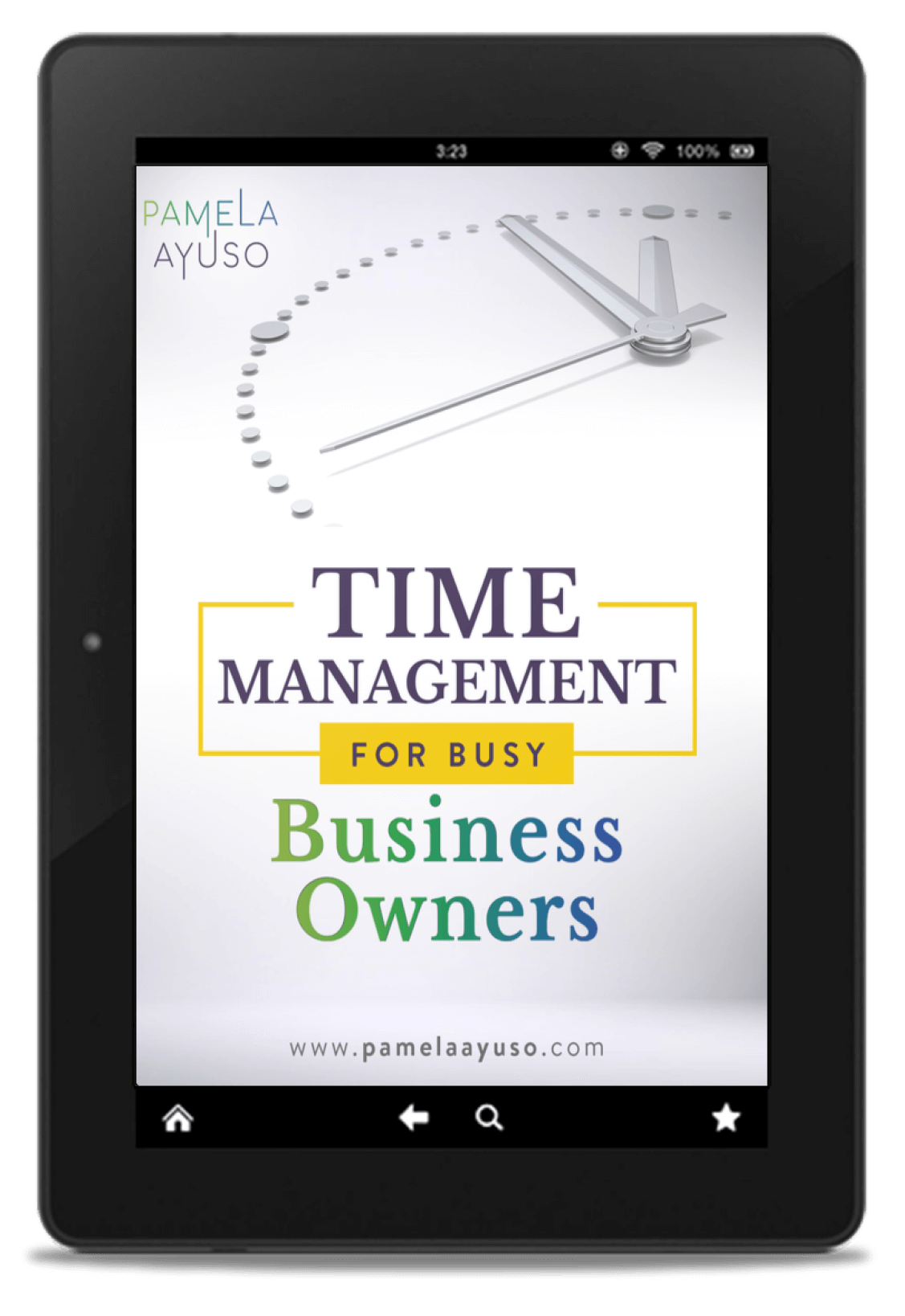Have you ever developed a brilliant way of doing something and then forgotten the path you took to arrive there in the first place?
Whenever we do something for the first time, we are making mistakes and learning as we go. We may invest time doing one task but then realize that the process did not work. So, we try a different way again, and this time, it might lead in the right direction. Eventually, the puzzle comes together, and the goal is achieved.
And, then, we move on to the next thing. When it comes time to repeat the process a year later unexpectedly, the original steps taken would have been very useful. The problem is that this process was supposed only to happen once, never to be repeated. Thousands of other tasks have been completed since and there are no notes on the steps taken to accomplish the result the first time.
By now, there is no choice but to engage in the same trial and error cycle to find a way to discover the previously used path. With each attempt, it will probably take less time than the first, but it still won’t be as straightforward and simple as it could have been if there had been a trail to follow from the initial experience.
![[Photo: Ren Ran/Unsplash]](https://www.pamelaayuso.com/wp-content/uploads/2021/01/ren-ran-232079-unsplash.jpg)
[Photo: Ren Ran/Unsplash]
How to Problem Solve for the Long-Term
Document for the Future
Things change so quickly that we never know what processes we will need to remember next month – let alone next year. The best policy is to document everything as it happens; leave a trail of how you did the things you did. It does not have to be complex — just detailed enough to provide a path that will guide you for the future.
It can be as simple as keeping a list of everybody’s favorite dishes in the notes application of your phone as a reference for the next time the team orders out for lunch. It can even be as complex as keeping a record of the documents that need to be filed to obtain a permit from the local government agency along with dates and contact information.
The best place to keep a trail of the daily steps is in your calendar planner. Since a to-do list is what you execute on a daily basis, it is ideal for also elaborating on information on all the steps taken. Some people keep everything in physical organizers; if this is your preferred method, take notes on the steps taken for important tasks performed as you go through the year. These planners should then be stored for future reference.
If you use a digital project manager to manage tasks, like Trello, Asana, or Wrike, you can leave notes on the activities themselves. The advantage of using digital platforms is that the tasks are searchable, and you can find whatever you are looking for in mere seconds without rummaging through pages of documentation.
![[Photo: Jason Leung/Unsplash]](https://www.pamelaayuso.com/wp-content/uploads/2021/01/jason-leung-397008-unsplash.jpg)
[Photo: Jason Leung/Unsplash]
Anticipate Paths to Follow Before They Are Needed
Organization for the future can be taken one step further by intentionally preparing the ground for events that will most likely take place later. The idea is to invest in the future and develop trails you can follow ahead of time. That way, when that moment arrives, you will be able to get directly into action because the road will be more defined.
Some of the ways to prepare are:
-
Pause for a moment to record any information you know will be needed for a future project the moment it crosses your mind;
-
Organize information that will be needed in the future so that it is ready for easy retrieval when the time comes. Documents, contacts, and locations can be stored as you go;
-
Create documents that will make a future task easier. For example, long forms that need to be filled out again in the future can be turned into templates with pre-filled information, or checklists can be created for steps that need to be remembered on an ongoing basis.
![[Photo: Geran de Klerk/Unsplash]](https://www.pamelaayuso.com/wp-content/uploads/2021/01/geran-de-klerk-285027-unsplash.jpg)
[Photo: Geran de Klerk/Unsplash]
Start Investing Time for the Future
Building bridges between the present and the future will help you hit the ground running with less time spent hunting around for lost or missing information. Although remembering to document for the future takes practice, it can easily become a habit with time. Plus, the investment will pay off with more energy for future challenges.



